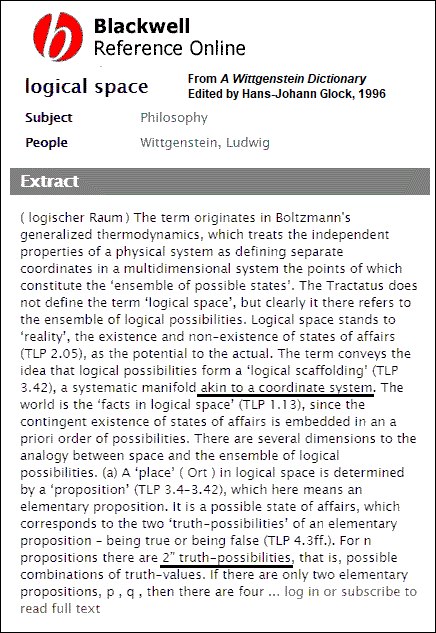Raiders of
the Lost Well
“The challenge is to
keep high standards of
scholarship while maintaining
showmanship as well.” |
— Olga Raggio, a graduate of the Vatican library school and the University of Rome who, at one point in her almost 60 years with the Metropolitan Museum of Art, organized “The Vatican Collections,” a blockbuster show. Dr. Raggio died on January 24.
The next day, “The Last Templar,” starring Mira Sorvino, debuted on NBC.
“The story, involving the Knights Templar, the Vatican, sunken treasure, the fate of Christianity and a decoding device that looks as if it came out of a really big box of medieval Cracker Jack, is the latest attempt to combine Indiana Jones derring-do with ‘Da Vinci Code’ mysticism.”
— The New York Times
Sorvino in “The Last Templar”
at the Church of the Lost Well:

“One highlight of Secretary of State Hillary Clinton’s first overseas trip will be a stop in China. Her main mission in Beijing will be to ensure that US-China relations under the new Obama administration get off to a positive start.”
— Stephanie Ho, Voice of America Beijing bureau chief, today
Symbol of The Positive,
from this journal
on Valentine’s Day:

“Stephanie started at the Voice of America as an intern in 1991. She left briefly to attend film school in London in 2000. Although she didn’t finish, she has always wanted to be a film school dropout, so now she’s living one of her dreams.
Stephanie was born in Ohio and grew up in California. She has a bachelor’s degree in Asian studies with an emphasis on Chinese history and economics, from the University of California at Berkeley.”
“She is fluent in
Mandrin Chinese.”
—VOA
As is Mira Sorvino.
Those who, like Clinton, Raggio, and
Sorvino’s fictional archaeologist in
“The Last Templar,” prefer Judeo-
Christian myths to Asian myths,
may convert the above Chinese
“well” symbol to a cross
(or a thick “+” sign)
by filling in five of
the nine spaces outlined
by the well symbol.
In so doing, they of course
run the risk, so dramatically
portrayed by Angelina Jolie
as Lara Croft, of opening
Pandora’s Box.
(See Rosalind Krauss, Professor
of Art and Theory at Columbia,
for scholarly details.)

Krauss

The Krauss Cross

















